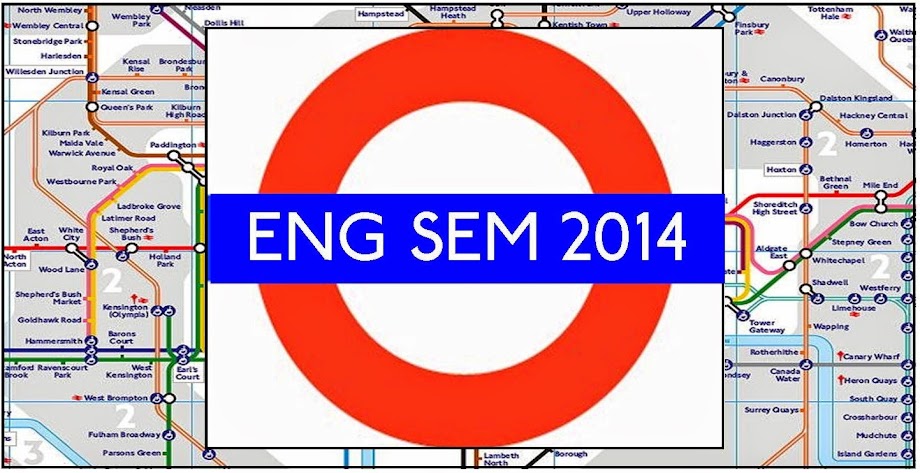Before visiting Ireland, I had never considered believing in curious paranormal happenings or the idea of natural spirits. Who knows if I’m right, but this past week has made me question everything I once thought sounded crazy.
The other day Liam, our sensible, wonderful host, walked us through the Kilbroney Cemetery. We met up around a shrine to St. Bronagh, one of the three local women who led religious settlements sometime in the 6th century. Liam told us remarkable stories about a well whose water gives sight to the blind, a ringing bell concealed in a tree for decades, and a final story about a local reverend.
Reverend Canon McGinn was a family friend who stayed with Liam’s grandparents while on his deathbed. Moments after the reverend died, three knocks sounded on the second story window of his room. Liam’s grandmother began attempting to contact McGinn’s family by telegram when the reverend’s brother showed up that evening at their doorstep. Surprised to see someone so soon, she asked him how the message had reached him so quickly. His response? “I heard three knocks on my window this morning, and I knew my brother had died."
 It seems we’ve been talking a lot lately in class about what is visible and what is invisible, particularly in the context of a place like Ireland where spirits and the supernatural seem to be a very natural part of life. We read sections of Julian of Norwich’s Revelations of Divine Love and reflected on non-rational approaches to spirituality. Is there a way to approach God and life in a way that does not primarily rely on reason and logic? In the merging of the seen and unseen worlds, we wondered if there is a way our more Western emphasis on hyper-rationality leaves us somehow missing some aspect of an experience.
It seems we’ve been talking a lot lately in class about what is visible and what is invisible, particularly in the context of a place like Ireland where spirits and the supernatural seem to be a very natural part of life. We read sections of Julian of Norwich’s Revelations of Divine Love and reflected on non-rational approaches to spirituality. Is there a way to approach God and life in a way that does not primarily rely on reason and logic? In the merging of the seen and unseen worlds, we wondered if there is a way our more Western emphasis on hyper-rationality leaves us somehow missing some aspect of an experience. I had the opportunity to present on John O’Donahue, a poet, philosopher, and priest from the West of Ireland earlier this week. One quote stood out to me as particularly applicable to our ongoing discussion of the spiritual and invisible. He writes, “The world quietly offers to each of us invitations that enliven and enrich our onward days. May we cultivate the patience and reverence needed to enter beauty’s invisible embrace”. The idea of a reverential and deeply respectful approach seems key to being trusted with the hidden beauty that is concealed to arrogance and impatience. While I still cannot say I am a firm believer in the unseen world, these questions and more have left me wondering about the ways I choose to limit myself and my spirituality to what is comfortable and seemingly rational. Instead of giving into the temptation to connect everything logically, I’d like to train my eyes and heart to see more clearly things unseen.


No comments:
Post a Comment